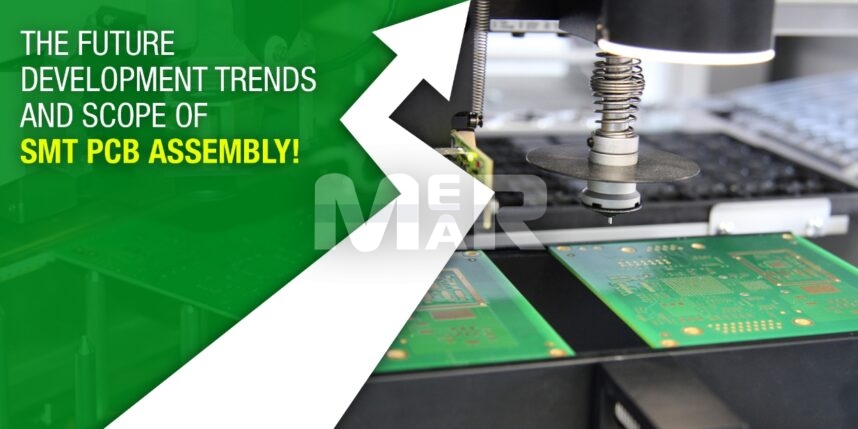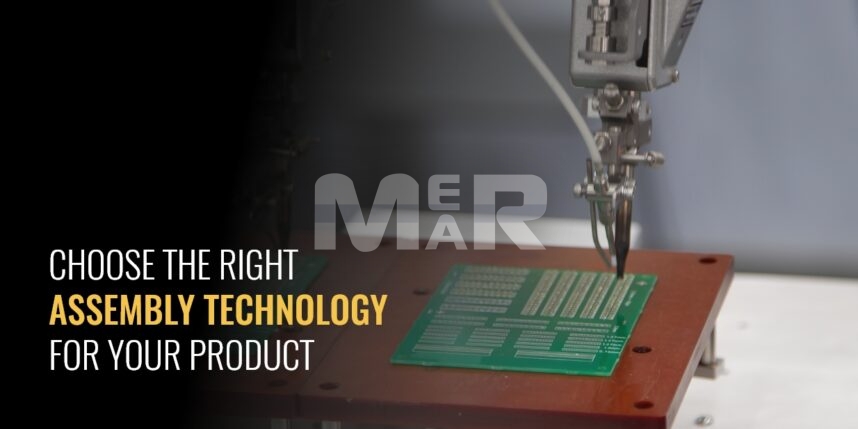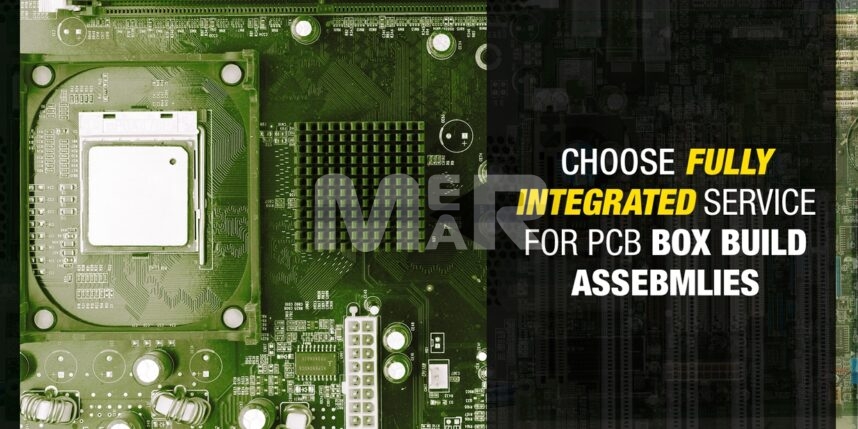The Future Development Trends and Scope of SMT PCB Assembly!

Ever since their invention in 1943, Printed Circuit Boards have come a long way beyond their original functionality. With the development of technology and the need for smaller and faster devices, the development of PCB technology has been immense.
Before we delve into the key drivers of Surface Mount technology, first up, it will be good to know what Surface Mount Technology or SMT PCB assembly as it is popularly called, entails. If one was to look inside any electronic equipment, it will reveal a range of components, typically minute in size, mounted onto the surface of boards. This technology known as Surface Mount Technology offers significant advantages as it enables more components to be packed into a far smaller space. The technology also comes with improved reliability and savings in cost.
The key growth driver of the Surface Mount Technology market is really the increased demand for miniaturized consumer electronic products. SMT is helpful in assembling smaller components, thus facilitating small and lightweight electronic devices. Little surprise then that SMT is fast replacing the wave soldering assembly that relies heavily on manual intervention. SMT, in turn, has also driven the following trends in the electronic products:
- Light-Weight
- Thin
- High on Reliability
- Complex Functionality
Based on the above factors, the Surface Mount Technology market is expected to reach a turnover of US$ 5.42 billion by 2022, growing at a CAGR of 8.9 per cent between in the last 5 years.
Here is a broad overview of the future trends when it comes surface mount assembly:
High on Efficiency and Responsive
The biggest need for SMT PCB Assembly is for it to be flexible. As the time-to-market progressively shortens to maintain competitive advantage, SMT PCB Assembly needs to respond quickly to needs. Whether it is efficiency in terms of productivity or control, both will show a marked growth. SMT PCB manufacturing lines have already moved from being single-line to double-line manufacturing, which impacts the manufacturing rate positively.
Going forward, the success of PCB Assembly will rest on it being responsive. Among other things, this will mean being able to produce to meet the bespoke requirements of clients and catering to their volume demands and customization needs.
Environment-Friendly SMT PCB Assembly
There are no two thoughts about the fact that going forward the focus will increasingly be on environment-friendly operations. This would mean thoroughly analyzing each phase of the SMT PCB Assembly to figure out possible pollution control measures. Beginning right from the design stage, to line establishment, equipment determination, material selection and more, the focus will be on environmental protection. The emphasis will also increasingly be on lead-free soldering techniques that reduce the carbon footprint and protects users. In fact, production of halogen and lead-free PCBs are going to be a driving trend for future.
Ease of use
PCB Assembly trends will also see renewed focus on the ease of use. There will be increased focus on automation, both to ensure that errors can be minimized as well as to bring down labor cost.
Lower Costs
The development in technology and the increase in automation will also progressively mean reductions in costs that will lead to improved efficiency for users. Boards can therefore be adjusted to suit different customer requirements and applications.
Going forward then, clearly high performance, flexibility, ease of use and environment friendly are going to be the pillars on which PCB Assembly trends will build on.
In choosing your PCB Assembly vendor, it is imperative that you look for partners who are not just aware of the above trends but are consciously driving them. What you can be assured of, therefore, is that your products are likely to sate-of-the-art in terms of quality, the time taken to deliver them as well as being environmentally conscious and responsible.
In fact, when it comes to choosing the right PCB partner, irrespective of what your application is, below is a quick checklist to run through:
- Whether the vendor has state-of-the-art equipment that can cater to complex PCBs.
- Does he have a team of experienced engineers that can offer you industry wide knowledge and can handhold you through the process.
- Does the company use high quality material?
- Are they credited with on-time delivery?
Checks such as these, will ensure that you are able to take advantage of the experience of the PCB manufacturer and remain ahead of the curve.
Mer-Mar Electronics offer high-quality SMT PCB Assembly Services in faster turnaround time. We have experienced in Surface Mount PCB Assembly Service to many clients across a multitude of Industries. We are capable of assembling double-sided/ multilevel circuit boards that ensure optimum performance when utilizing in demanding applications. We ensure consistent high quality & accurate placement of components with the use of the most recent SMT technology. Our SMT PCB assemblies are known for it’s high mechanical strength and a reliable choice for many industries. Whether you require SMT PCB assemblies, Surface Mount PCB Fabrication or any kind of services, we can fulfil your requirements.








